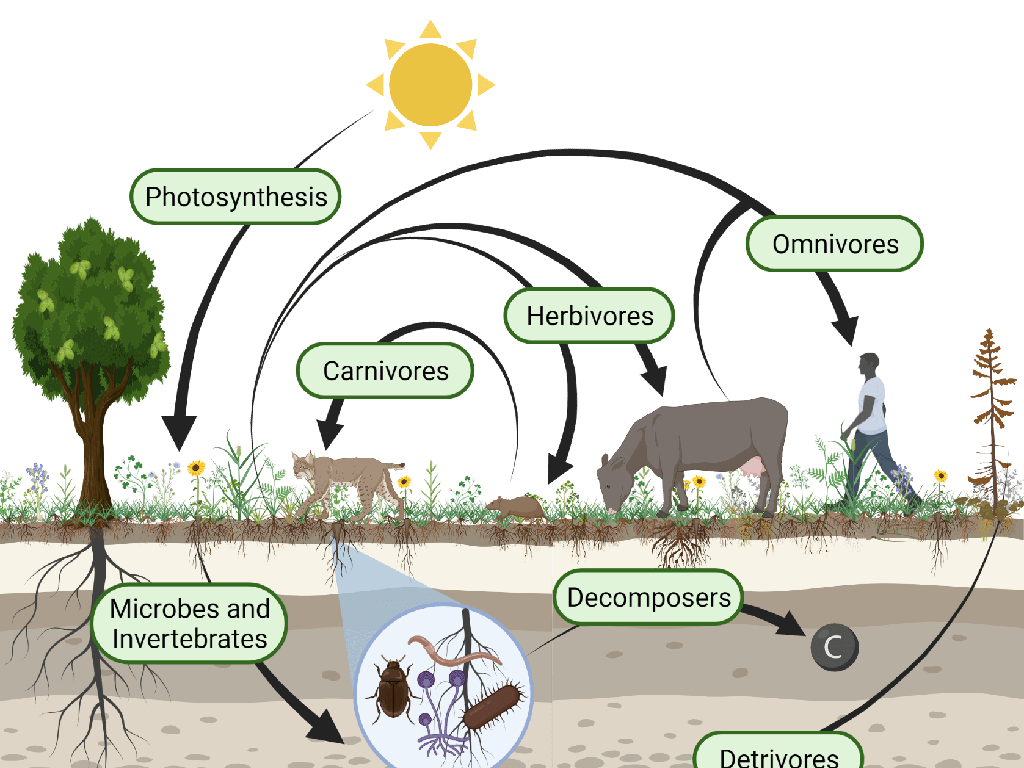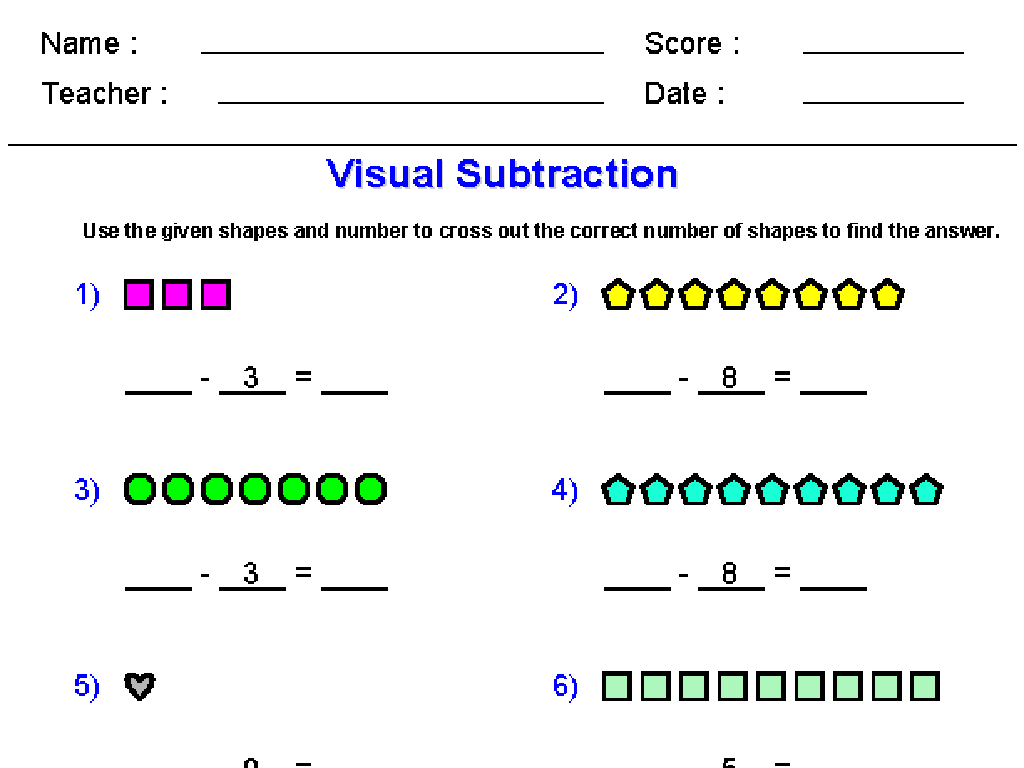Use Time-Order Words
Subject: Language arts
Grade: Third grade
Topic: Linking Words
Please LOG IN to download the presentation. Access is available to registered users only.
View More Content
Time-Order Words in Writing
– Understanding time-order words
– Words that tell us the sequence of events, like ‘first’, ‘next’, ‘then’, ‘finally’.
– Linking words connect ideas
– They help readers follow along like a path in a story.
– Time-order words organize events
– They arrange actions in the order they happen, making the story clear.
– Why they matter in stories
– They make our writing more interesting and easier to understand.
|
This slide introduces the concept of time-order words, which are a type of linking word used to sequence events in writing. Explain that linking words act as bridges between ideas, helping to guide the reader through the text. Time-order words specifically help to organize events by indicating the order in which they occur, which is crucial for clear and coherent storytelling. Emphasize the importance of these words in making writing more engaging and understandable. Provide examples of time-order words and encourage students to think of their own. In the next class, practice using these words by writing a short story together as a class or in small groups.
Time-Order Words in Stories
– What are time-order words?
– Words that tell us the timing of events
– Organize thoughts in a story
– Examples of time-order words
– ‘First’, ‘next’, ‘then’, ‘after’, ‘finally’
– Practice using them in sentences
– ‘First I ate breakfast, then I went to school.’
|
Time-order words are crucial for understanding the sequence of events in a story. They help readers follow along with the plot and understand the progression of actions or events. Introduce the concept by explaining that these words act like signals, telling us the order in which things happen. Provide clear examples on the board and in handouts. Encourage students to think of their daily routine and write simple sentences using time-order words to describe their day. This will help them grasp the concept in a context that is familiar to them. During the next class, review their sentences and discuss how the time-order words helped to clarify the sequence of events.
Using Time-Order Words
– Understanding time-order words
– Words that tell us the sequence of events
– Examples in sentences
– ‘First, I woke up. Next, I brushed my teeth. Then, I went to school.’
– Activity: Create your sentence
– Use words like ‘First’, ‘Next’, ‘Then’ to tell a story in order.
|
This slide introduces the concept of time-order words, which are essential for describing the sequence of events in writing. Start by explaining that time-order words help us tell the order in which things happen. Use the example provided to illustrate how these words guide the reader through the events of a morning routine. For the activity, encourage students to think of their own daily activities and write a sentence using a time-order word. Provide guidance and examples, and consider breaking the class into small groups to discuss their sentences. This will help them understand the practical use of time-order words in structuring their thoughts and stories.
Time-Order Words in Stories
– Time-order words improve understanding
– They clarify the sequence of events
– We’ll read a story to find them
– Look for ‘first’, ‘next’, ‘then’, ‘finally’
– Practice using time-order words
– Use these words to tell your own story
|
This slide introduces the concept of time-order words and their importance in storytelling. Time-order words are crucial for clarifying the sequence of events in a story, making it easier for readers to follow along. During the lesson, read a short story with the class and pause to identify the time-order words used by the author. Encourage the students to actively participate by asking them to point out these words as you come across them. Afterward, engage the students in an activity where they use time-order words to tell a simple story or describe their morning routine. This will help them understand how these words structure a narrative and the importance of their placement within a sentence.
Your Turn: Time-Order Words Activity
– Think of a school activity
– Write 3-4 sentences using time-order words
– Use words like ‘first’, ‘next’, ‘then’, ‘finally’ to sequence events
– Share with the class
|
This activity is designed to help students practice using time-order words, which are important for sequencing events in writing. Encourage students to think of a routine activity, like their morning arrival at school or lunchtime. Guide them to write a short narrative using time-order words to describe the steps of the activity. Once they have written their sentences, create a supportive environment for them to share with the class. This will help them understand the flow of events and the importance of using these words to clarify the order in which things happen. Possible activities for different students could include getting ready for school, a typical recess, or the steps of a science experiment.
Class Activity: Story Time with Time-Order Words
– We’ll write a story together
– Each student adds one sentence
– Use time-order words in your sentence
– First, next, then, finally are some examples
– Show when things happen in the story
|
This activity is designed to help students understand the use of time-order words in storytelling. Time-order words are important for sequencing events and helping the listener or reader understand the order in which things happen. Start by explaining what time-order words are and give examples. Then, begin the story with an opening sentence that includes a time-order word. Each student will then add to the story with their own sentence, using another time-order word to continue the sequence. Encourage creativity and ensure that students build on each other’s ideas to create a cohesive story. Possible time-order words to use include: first, next, then, after, later, and finally. This will help students grasp the concept of chronological order in narratives.
Mastering Time-Order Words
– Congratulations on learning time-order words!
– Time-order words enhance clarity in writing
– Words like ‘first’, ‘next’, ‘then’, ‘finally’ organize thoughts
– Practice makes perfect
– Try using these words in daily journaling or storytelling
– Aim to become a time-order word expert!
|
This slide is a conclusion that celebrates the students’ understanding of time-order words. Emphasize the importance of these words in making their writing more comprehensible and logical. Encourage them to keep practicing by incorporating time-order words into their daily writing exercises, such as journals, stories, or even when they describe their day. Remind them that with consistent practice, they will become proficient in using these words, which will greatly improve their writing skills. Recognize their efforts so far and motivate them to continue learning and practicing.





